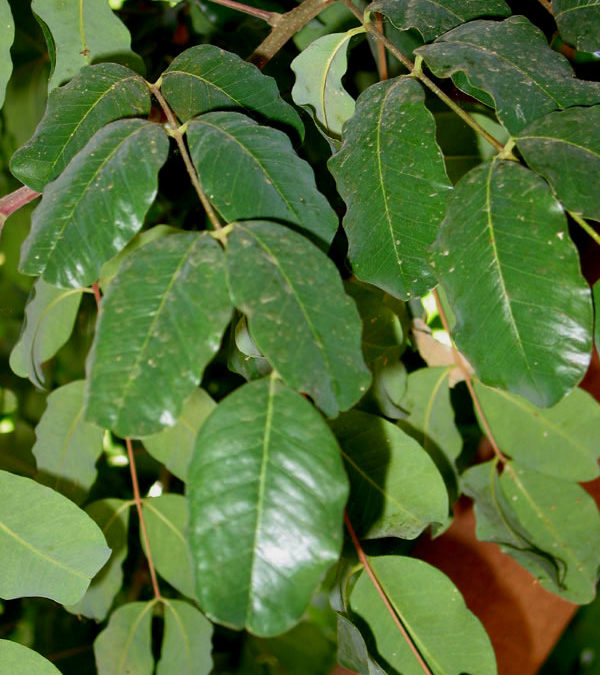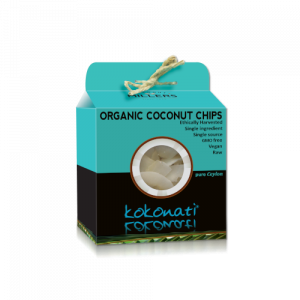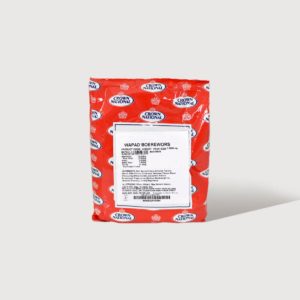ABOUT CAROB LEAVES
Carob leaves are rich in antioxidants and may offer antibacterial, anti-inflammatory, and digestive health benefits, though most research focuses on the pods and seeds.
While carob pods are widely known for their nutritional value, carob leaves (from the Ceratonia siliqua tree) also contain bioactive compounds that contribute to health. Here’s what current research and traditional use suggest:
🌿 Key Health Benefits of Carob Leaves
- Antioxidant properties: Carob leaves are rich in polyphenols and flavonoids, which help neutralize free radicals and reduce oxidative stress. This may support overall cellular health and reduce the risk of chronic diseases.
- Antibacterial and antifungal effects: Extracts from carob leaves have shown antimicrobial activity against various bacteria and fungi, suggesting potential for natural remedies or topical applications.
- Anti-inflammatory potential: Some studies indicate that carob leaf compounds may help reduce inflammation, which could benefit conditions like arthritis or inflammatory bowel issues.
- Digestive support: Traditionally, carob leaves have been used to soothe gastrointestinal discomfort. Their tannin content may help with diarrhea and gut inflammation.
- Blood sugar regulation: Preliminary research suggests carob leaf extracts might help regulate glucose metabolism, making them potentially useful for managing diabetes.
- Cardiovascular protection: The antioxidant and anti-inflammatory effects may contribute to heart health by improving blood vessel function and reducing oxidative damage.
🧪 Usage and Considerations
- Carob leaves are typically used in infusions or extracts, not eaten directly.
- Scientific research on carob leaves is still limited compared to carob pods, so clinical evidence is sparse.
- Always consult a healthcare provider before using herbal remedies, especially if you have existing conditions or take medications.
Carob leaves can be used to make herbal teas and extracts that offer antioxidant and digestive benefits. Here’s how to prepare them at home.
While most carob tea recipes use the pods, you can adapt similar methods for the leaves, which contain beneficial polyphenols and tannins. Here are a few simple ways to prepare carob leaf infusions:
🍵 Basic Carob Leaf Tea
Ingredients:
- 1 tablespoon dried carob leaves (crushed)
- 2 cups water
- Optional: honey, lemon, or mint
Instructions:
- Bring water to a boil.
- Add crushed carob leaves and reduce heat.
- Simmer for 10–15 minutes.
- Strain and serve warm. Add honey or lemon to taste.
🌿 Carob Leaf & Spice Infusion
Inspired by carob spice tea blends, this version adds warming spices for enhanced flavor and digestive support.
Ingredients:
- 1 tablespoon dried carob leaves
- 1 cinnamon stick
- 2 slices fresh ginger
- 2 cardamom pods
- 2 cups water
Instructions:
- Combine all ingredients in a pot.
- Simmer for 15 minutes.
- Strain and enjoy. Sweeten with maple syrup or honey if desired.






